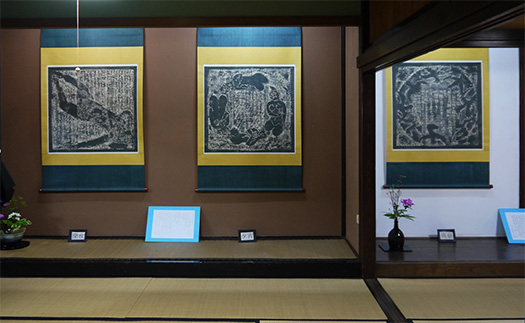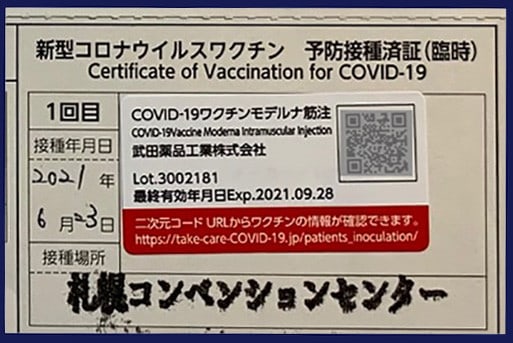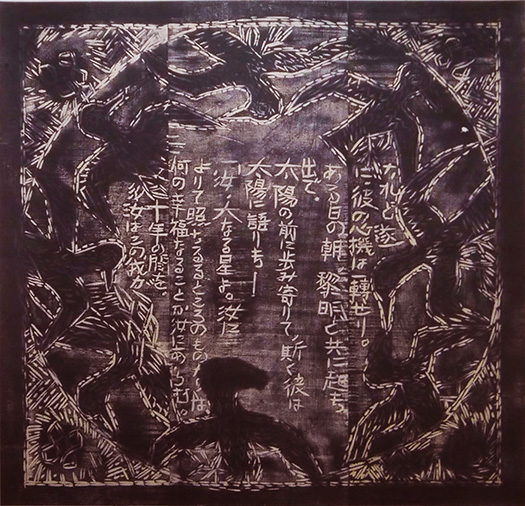
さてきょうまで11回にわたって富山岩瀬湊の旧廻船問屋住宅を探訪。
その建築が倉敷の実業家系・大原氏に受け継がれた状況もみた。
江戸末期〜明治〜昭和の日本資本主義の一断面をみる思いがしました。
連綿として繋がっている状況が目に浮かんでくるようでした。
北前船交易とは、鎖国という状況の中での極限的な開放的経済行為であり
その熱気の中から高田屋嘉兵衛のように鎖国の桎梏を飛び越えて
対ロシアの外交交渉を民間経済人として行ってしまうような例も出た。
人口規模が幕府スタート時で1,380万だったものが、幕末には3,200万。
約250年で倍増以上に日本社会は発展し近代君主制資本主義国家に変貌した。
政治の面では徳川から近代天皇制への革命が行われたけれど、
民の側では経済主体は江戸期の庄屋と呼ばれる層が中核だった。
よく士農工商と言われるけれど実質に於いては農として土地を所有し、
そこから飛躍して商工業へも手を伸ばしていく階層が
実質的に経済を支配していた。武士層はその上に乗っているだけで、
特段の「経済政策」をもって政治に臨んでいたとは言い難い。
そういうなかで薩長など西南諸藩は密貿易などで闇の経済力を蓄えていた。
また比較的に農業生産力にゆとりのあった藩領地域では
この大原家のような資本蓄積があり得たということでしょう。
大塩平八郎の反乱を惹起した幕府の締め付けもゆるく大阪は商都として
三井、住友などの大資本蓄積が進んでいたといえるのでしょう。
それぞれが所属させられていた藩によって庄屋層の資本蓄積には違いがあった。
高田屋嘉兵衛などはそうしたくびきから自由を求めて北前交易に身を投じた。

廻船問屋住宅を買い取った大原氏のことをみると
もともとは倉敷の豪農・庄屋であることがわかる。
元禄期(1688年―1704年)に同じ岡山県内の児島郡(現在岡山市内)から
倉敷市に移転してきた豪農家系。
その後、順調に家業を発展させていって明治中期には800町歩の大地主。
(だいたい2km×4km相当の農地所有。)
幕末から明治にかけては大規模土地所有者に有利な社会状況が現出し
資本主義社会の基盤的なシェアを獲得していっている。
欧米キャッチアップという経済社会の必然的正解が見えているなかで、
ひたすら資本集中で欧米のビジネスを真似していけば経済的成功ができた。
ことしの大河ドラマで渋沢栄一を日本資本主義の父としているけれど、
戦略に独自性があったというよりも欧米に触れてその社会制度、組織を
人よりもずっと早く着手形成できたということなのではないか。
家の伝統として育んできたものがあり時代がマッチしての活躍だったのかと。
鎖国という縛りが解放されて自由なビジネス環境が実現して
持てる者はどんどんと栄えていったということがいえる。
大原氏は伝統的家風が進取の気風に富んでいたことで
こうした社会変化を順風としてビジネスを拡大していったと思える。
目標が明確になったときの日本人はシアワセな存在だと。
English version⬇
[Edo period Shoya class and Japanese capitalism / Japanese good house ㉞-11]
I visited Toyama Iwase Minato's former shipping wholesaler house 11 times until today.
I also saw the situation where the architecture was inherited by Mr. Ohara, a businessman in Kurashiki.
I thought I would see a section of Japanese capitalism from the late Edo period to the Meiji period to the Showa period.
It seemed that the situation of being connected as a continuous cotton came to my eyes.
Kitamaebune trade is an extremely open economic act in the context of isolation.
From that heat, jump over the isolated country's 桎梏 like Takadaya Kahei
In some cases, diplomatic negotiations with Russia were carried out as private business people.
The population size was 13.8 million at the start of the Tokugawa shogunate, but it was 32 million at the end of the Tokugawa shogunate.
In about 250 years, Japanese society has more than doubled and transformed into a modern monarchical capitalist nation.
In terms of politics, there was a revolution from Tokugawa to the modern emperor system,
On the people's side, the core economic agent was the layer called Shoya in the Edo period.
It is often referred to as the occupation of the occupation, but in reality it owns the land as a farmer.
There is a hierarchy that jumps from there and reaches out to commerce and industry
It virtually dominated the economy. The samurai class is just riding on it,
It is hard to say that he faced politics with a special "economic policy."
Under such circumstances, the Southwestern feudal clan, such as Satsumacho, had accumulated dark economic power through smuggling.
Also, in the clan area where agricultural productivity was relatively generous.
It seems that capital accumulation like this Ohara family could have been possible.
The shogunate that caused the rebellion of Oshio Heihachiro was loosely tightened, and Osaka became a commercial city.
It can be said that the accumulation of large capital by Mitsui and Sumitomo was progressing.
There was a difference in the capital accumulation of the Shoya class depending on the clan to which each belonged.
Takadaya Kahei and others threw themselves into the Kitamae trade in search of freedom from such yokes.
Looking at Mr. Ohara who bought the shipping wholesaler house
It turns out that he was originally a wealthy farmer in Kurashiki, Shoya.
From Kojima-gun (currently Okayama city) in the same Okayama prefecture during the Genroku period (1688-1704)
An Australian farmer who has moved to Kurashiki.
After that, he steadily developed his family business, and in the middle of the Meiji era, he became a landowner of 800 towns.
(Approximately 2km x 4km worth of agricultural land owned.)
From the end of the Edo period to the Meiji era, a social situation favorable to large-scale landowners emerged.
It is gaining a basic share of the capitalist society.
While we can see the inevitable correct answer of the economic society of catching up with Europe and the United States,
If we could imitate Western businesses by concentrating capital, we could achieve economic success.
In this year's taiga drama, Eiichi Shibusawa is the father of Japanese capitalism,
Rather than having a unique strategy, touching Europe and the United States to develop its social system and organization
I think it means that we were able to start and form much faster than humans.
I wonder if there was something that was nurtured as a tradition of the house and it was an activity that matched the times.
The bond of isolation is released and a free business environment is realized
It can be said that those who have it have prospered steadily.
Mr. Ohara said that the traditional family style was enterprising.
It seems that the business was expanded by taking advantage of these social changes.
When the goal became clear, the Japanese were crazy.






















